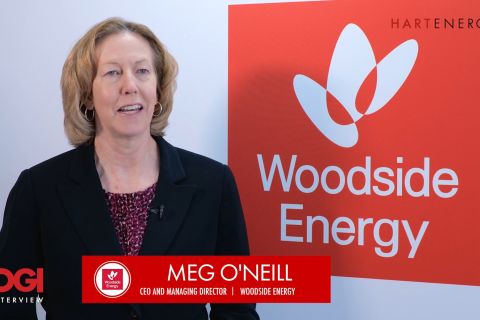An automated MPD system that measures and manages bottomhole pressure (BHP), the Dynamic Annular Pressure Control (DAPC) system from M-I SWACO features a programmable control and integrated real-time hydraulics model. The system was the first of its kind approved for use on a deepwater platform in the Gulf of Mexico (GoM) by the Bureau of Safety and Environmental Enforcement (formerly the US Minerals Management Service). In addition, the technology won the drilling tools category of Hart Energy’s 2008 Meritorious Awards for Engineering Innovation. “The DAPC system is still recognized as the most accurate pressure control,” said Paul Fredericks, dynamic pressure management global account manager at M-I SWACO.
The system has been used in several key fields globally to date. When Shell began redeveloping its Auger deepwater GoM field, high equivalent circulating density (ECD) and lower-than-anticipated fracture gradients led to losses and a success rate of only 30%, according to a case study. With lost circulation to blame, the company looked to the DAPC system in combination with the HOLD rotating control device. By using the system the company was able to reduce both the static mud weight below the level needed for wellbore collapse and the ECD below the fracture gradient while preserving wellbore stability and maintaining a constant BHP throughout all operational phases.
When Stone Energy sought to reenter a mature field in the deepwater GoM after 10 years of production, the company faced a narrow pressure margin, wellbore instability, and trouble with ECD management, according to a case study. Using the DAPC system, the company was able to manage the BHP between the pore pressure and fracture pressure in three wells, all of which had average drill rates that were double those of the past.
In a horizontal development project in the Bunga Kekwa field in the Gulf of Thailand, Talisman sought to improve stability and efficiency while drilling through depleted gas sands and unstable coal seams and shale, according to a case study. Using the DAPC system to drill 14 wells, the company experienced faster drilling times and less nonproductive time as well as controlled BHP.
“Constant BHP helped avoid losses, preserve wellbore stability, and increase drilling efficiency,” the case study stated. “The DAPC system contributed to increased drill rates and cost savings of [more than] US $3 million.”
Since the introduction of the DAPC system, many improvements have been made to the operating algorithms that make the control system faster and more responsive. In addition, reliability improvements were made to the hydraulic actuators and back-pressure pump that reduced mechanical downtime. “Significant improvements were made to the mechanical design of the system,” Fredericks said. “The architecture of the choke manifold was converted from a skid-based to a smaller, more mobile modular design that made the system fit-for-purpose in land and offshore platform drilling operations where equipment delivery, space, and ease of handling are key operator concerns.
“We are working on a new generation of pressure control that utilizes new control algorithms and choke technology that will significantly improve the precision, accuracy, and response time of the system,” he added.
Recommended Reading
The OGInterview: How do Woodside's Growth Projects Fit into its Portfolio?
2024-04-01 - Woodside Energy CEO Meg O'Neill discusses the company's current growth projects across the globe and the impact they will have on the company's future with Hart Energy's Pietro Pitts.
Deepwater Roundup 2024: Americas
2024-04-23 - The final part of Hart Energy E&P’s Deepwater Roundup focuses on projects coming online in the Americas from 2023 until the end of the decade.
Oceaneering Won $200MM in Manufactured Products Contracts in Q4 2023
2024-02-05 - The revenues from Oceaneering International’s manufactured products contracts range in value from less than $10 million to greater than $100 million.
E&P Highlights: Feb. 5, 2024
2024-02-05 - Here’s a roundup of the latest E&P headlines, including an update on Enauta’s Atlanta Phase 1 project.
CNOOC’s Suizhong 36-1/Luda 5-2 Starts Production Offshore China
2024-02-05 - CNOOC plans 118 development wells in the shallow water project in the Bohai Sea — the largest secondary development and adjustment project offshore China.





